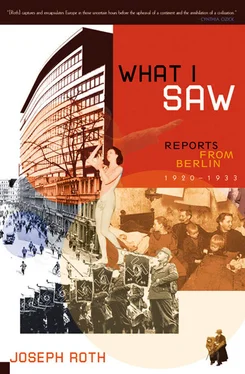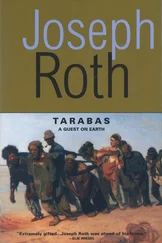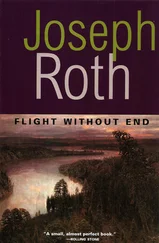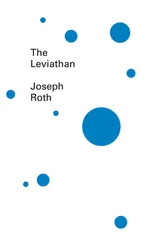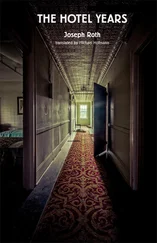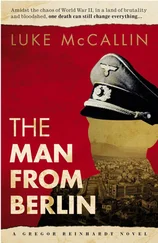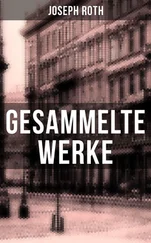Meanwhile, at the edge of the city, where I have been told nature is to be found, it isn’t nature at all, but a sort of picture-book nature. It seems to me too much has been printed about nature for it to remain what it used to be. On the outskirts of our cities, in place of nature, we are presented with a sort of idea of nature. A woman standing at the edge of the woods, shielding her eyes with the umbrella she has brought along just in case, scanning the horizon, and seeing a spot that seems familiar from some painting, exclaims: “Isn’t this just so picturesque!” It’s the degradation of nature to a painters’ model. It’s not such a rare degradation either, because our relationship to nature has become warped. You see, nature has acquired a purpose where we are concerned. Its task is to amuse us. It no longer exists for its own sake. It exists to satisfy a function. In summer it provides woods where we can picnic and doze, lakes where we can row, meadows where we can bask, sunsets to send us into raptures, mountains for walking tours, and beauty spots as destinations for our excursions and day-trips. We have Baedeker-ized nature.
But what I see hasn’t made it into the Baedeker. What I see is the sudden, unexpected, and wholly meaningless rising and falling of a swarm of mosquitoes over a tree trunk. The silhouette of a man laden with firewood on a forest path. The eager profile of a spray of jasmine tumbling over a wall. The vibration of a child’s voice, fading away into the air. The inaudible, sleeping melody of a distant, even an unreal life.
I don’t understand the people I see putting their best foot forward to enjoy nature. There’s a difference between a forest and a sidewalk. “Recreation” is no necessity, if that’s the expressed objective of the hiker. “Nature” is no institution.
Western Europeans set out into nature as if to a costume party. They have a sort of waxed jacket relationship with nature. I saw hikers who were accountants in civilian life. What did they need their walking sticks for? The ground is so flat and smooth that a fountain pen would have served them just as well. But the man doesn’t see the flat and smooth ground. He sees “nature.” If he were going sailing, presumably he would don the white linen suit he inherited from his grandfather, who was also a weekend sailor. He has no ears for the plashing of a wave, and he doesn’t know that the bursting of a bubble is a significant thing. The day that nature became a site for recreation was the end.
In consequence of which, my outing was that of a curmudgeonly soul, and I wish I hadn’t undertaken it.
Berliner Börsen-Courier, May 24, 1921
Part II. The Jewish Quarter
2. The Orient on Hirtenstrasse (1921)
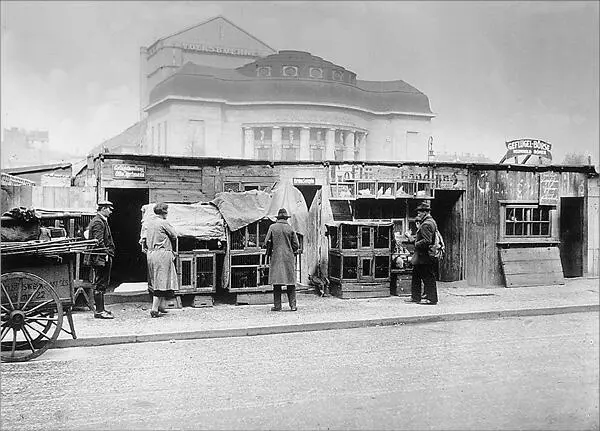

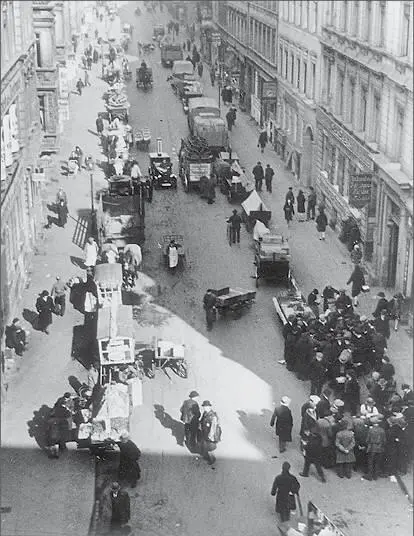
It’s a grotesque contradiction, a spring evening in this part of town whose grime and greasepaint don’t so much conceal its Levantine-working-class nature as emphasize it. Barely a hundred paces from Alexanderplatz and the U-Bahn and the S-Bahn, it seems strange that the street names are still bland and European. But if you take a right, you find yourself suddenly immersed in a strange and mournful ghetto world, where carts trundle past and an automobile is a rarity.
Polish Jewish children play in the middle of the road. From time to time they set up a wailing or squawking. The old people go their ways, completely unmoved by howling, children’s games, hoops, bobbing balloons. The old folks have more important things on their minds: They are here on business.
Several traveling brokerages have been established here. For example, there’s one on the corner of Hirtenstrasse, which is noteworthy because it’s even more downbeat than the others, giving it an oddly idyllic aspect. In all the other greater and lesser exchanges in the small, narrow, grimy restaurants, there is a coming and going, an ebb and flow of human bodies, almost as in a real exchange. But on the corner of the main street, there is the tranquillity of a modest business. You can’t pick anything up from the others, that’s how intense and bewildering is the crush of people, words, prices. But at least where I am you can listen and look.
The owner of these premises is a Russian-Polish Jew with a velvet cap and a beard. He is sitting on a green velveteen sofa under a picture of Moses Montefiore, reading a newspaper. His spectacles are in pretty bad shape; their steel frames have a black thread bandage. He shows no interest in his clients, barely even bothering to reply to a greeting, and then only absent-mindedly, to do the other a favor, catching a greeting like a stray ball and tossing it back. The other doesn’t bother to pick it up. He is in a hurry, he has seen an important personage. A personage. .
This personage — well, his real name is something different, but we’ll call him Baruch. Baruch is dressed in a very European manner, high style winds itself around his belly in the form of a belt, such a belt as no Kurfürstendamm Baruch would be ashamed to be seen in.
Baruch is fat, clean shaven, with a black-rimmed pince-nez, and his job is that of a middleman.
In the space of barely ten minutes you see him sitting at half a dozen different tables. With pencil and notebook. I am sure he must have done twenty-five deals in those ten minutes. Oh, Baruch!
The people you see here are Eastern grotesques: a poor, shriveled-up old lady who sells shoelaces for a living — and dabbles in stocks on the side. She discusses Romanian bonds and the state of the leu* with Baruch, and it’s quite grotesque to see how that arbiter of the life and death of marginal currencies takes this shoelace lady seriously. And avails himself of the opportunity to buy— patented fly buttons. He goes so far as to try and woo the favor and the confidence of this old bat. Oh, Baruch!. .
It’s suppertime, but no one eats here. They have good bread, fish in various sauces, and sausage from Cracow. But the woman behind the counter is unemployed. From time to time one of the businessmen will buy a schnapps from her. A strong, Russian schnapps. The drinker tosses his head back, as if it were a bowling ball loosely attached at the neck. Then the drinker’s eyes glisten, he goes Ah! a couple of times, and he leaves without paying. The woman doesn’t write it down either; there’s no need; the customer will pay.
There is little sign of suspicion. People here know one another. No one gives a hoot about the occasional European visitor. So what if he’s a snoop — who cares? We don’t do any shady business here, you can’t pin anything on us. We’re not black marketeers. We just enjoy one another’s company.
And in truth this type of dealer is completely different from the run of black market salesmen. Wonderfully thoughtful eyes, formidable old skulls, the physiognomies of scholars and philanthropists. These trades are done on the side. Who knows? Perhaps these people actually have lives in their time off.
From time to time, one of them might pray. Stand in a corner, muttering to himself, whispering. His lips tremble, his words are gabbled, the prayer is long, and he needs to be finished. No time, no time! No one bothers him, everyone steers clear of him; the aura of divine worship surrounds him, and all thought of percentages is far from him. No sooner has he finished his evening prayer than his expression is once more of this world. He reopens his eyes to the light of these premises, and to the floating percentages.
Читать дальше
